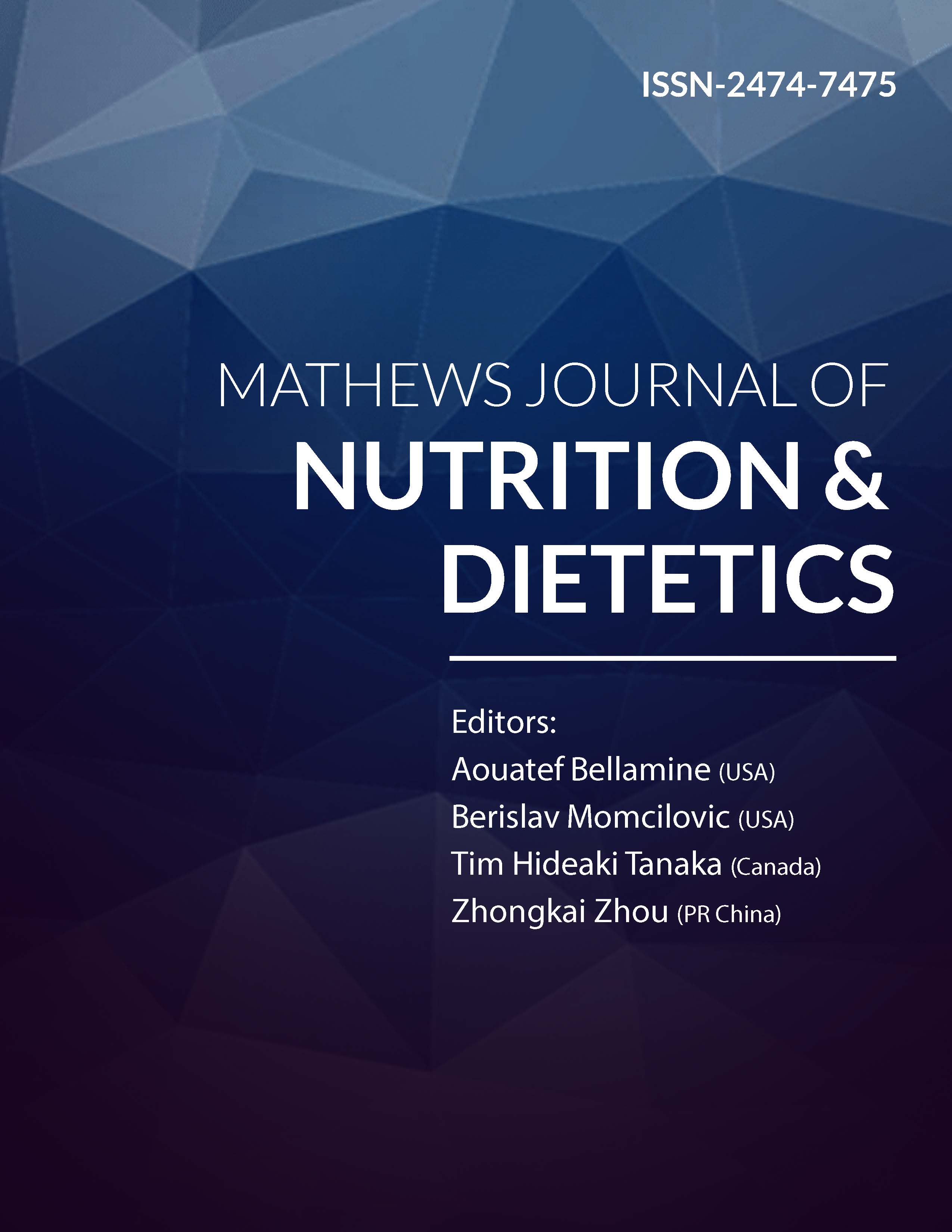
Information Links
Previous Issues Volume 1, Issue 1 - 2016
Pathophysiological Changes With Aging in a Novel Obese Diabetic Rat
Ohta T1 , Shinohara M2 , Gotoh T3 , Yamada T4 , Miyajima K1,5
1Biological/Pharmacological Research Laboratories, Central Pharmaceutical Research Institute, Japan Tobacco Inc., Osaka, Japan.
2Tokyo Animal & Diet Department, CLEA Japan Inc., Tokyo, Japan.
3Technical Service Department, CLEA Japan Inc., Shizuoka, Japan.
4Laboratory of Animal Genetics, Graduate School of Science and Technology, Niigata University, Niigata, Japan.
5Department of Nutritional Science and Food Safety Faculty of Applied Biosciences, Tokyo University of Agriculture, Tokyo, Japan.
Corresponding Author: Takeshi Ohta, Biological/Pharmacological Research Laboratories, Central Pharmaceutical Research Institute, Japan Tobacco Inc., 1-1 Murasaki-cho, Takatsuki, Osaka 569-1125, Japan, Tel: +81-72-681-9700; E-Mail: [email protected]
Received Date: 01 April 2016
Accepted Date: 09 May 2016
Published Date: 4 May 2016
Copyright © 2016 Ohta T
Citation: Ohta T, Shinohara M, Gotoh T, Yamada T, et al. (2016). Pathophysiological Changes With Aging in a Novel Obese Diabetic Rat. Mathews J Nutr Diet. 1(1): 004.
ABSTRACT
The Spontaneously Diabetic Torii (SDT) fatty rat develops hyperglycemia and dyslipidemia from a young age, leading to diabetic complications, such as nephropathy, retinopathy, neuropathy, and non-alcoholic steatohepatitis (NASH). In this study, we investigated pathophysiological changes in female SDT fatty rats at 65 weeks. Hyperglycemia and hyperlipidemia were sequentially observed in the rats, and blood insulin, alanine aminotransferase (ALT) and aspartate aminotransferase (AST) levels were also increased. Histopathological analyses were performed in the liver, kidney, heart and eye. Pathological findings, such as focal and/or diffuse hypertrophied hepatocytes with fatty changes, and very slight inflammation and fibrosis in the liver, were observed in the rats. Glomerular and tubular lesions in the kidney and corneal lesions were also observed; however, the NASH-like lesions tended to diminish compared with those at 40 weeks. As new findings associated with age, corneal lesions such as inflammation, vascularization and fibrosis, and increased cardiac fibrosis were observed in the aging rats. The aging female SDT fatty rat may be useful in better understanding the pathophysiology and development of new therapies in chronic kidney disease (CKD), diabetic ocular lesions and diabetic cardiomyopathy. Diet manipulation is also necessary for the acceleration of characteristic diseases.
KEYWORDS
Aging; Diabetes; Diabetic Complication; Spontaneously Diabetic Torii fatty rat.